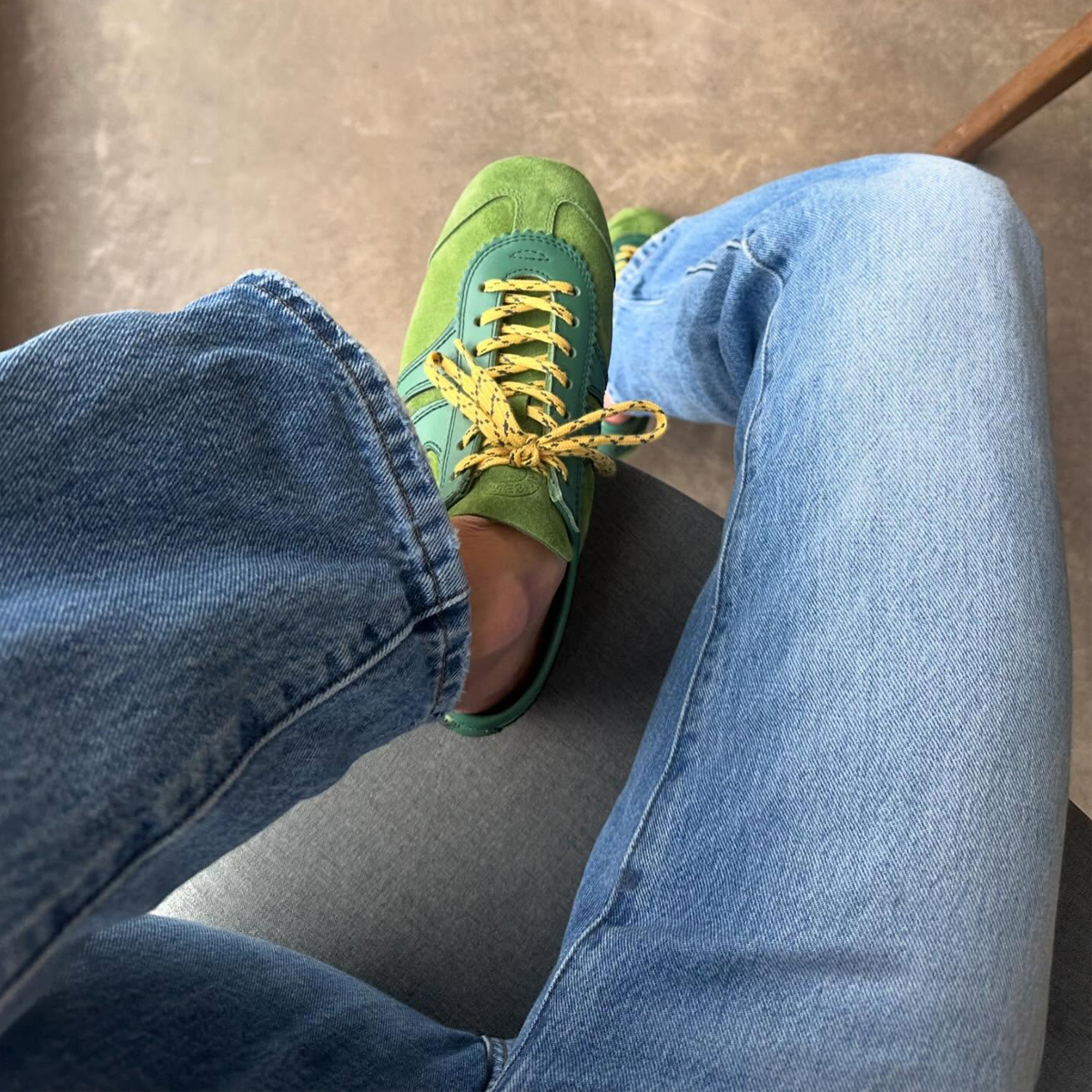#FillerMigration Is Trending on TikTok—6 Things Injectors Want You to Know
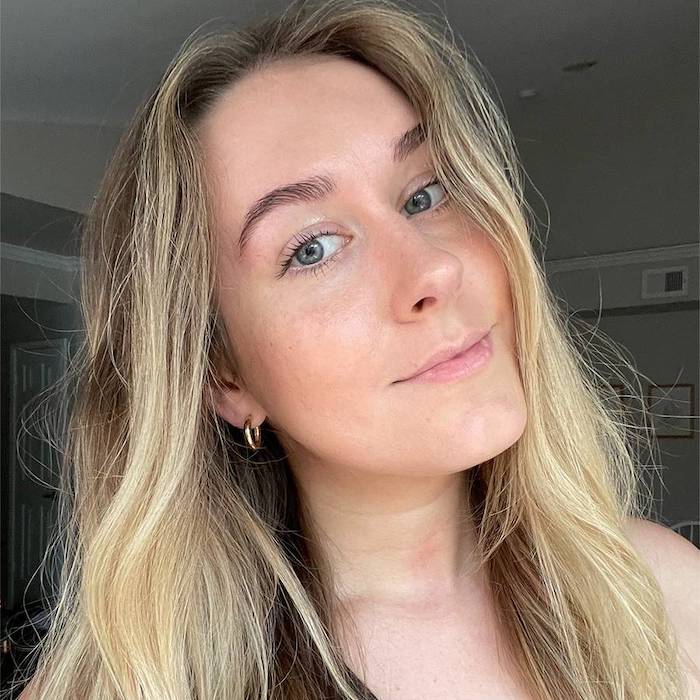
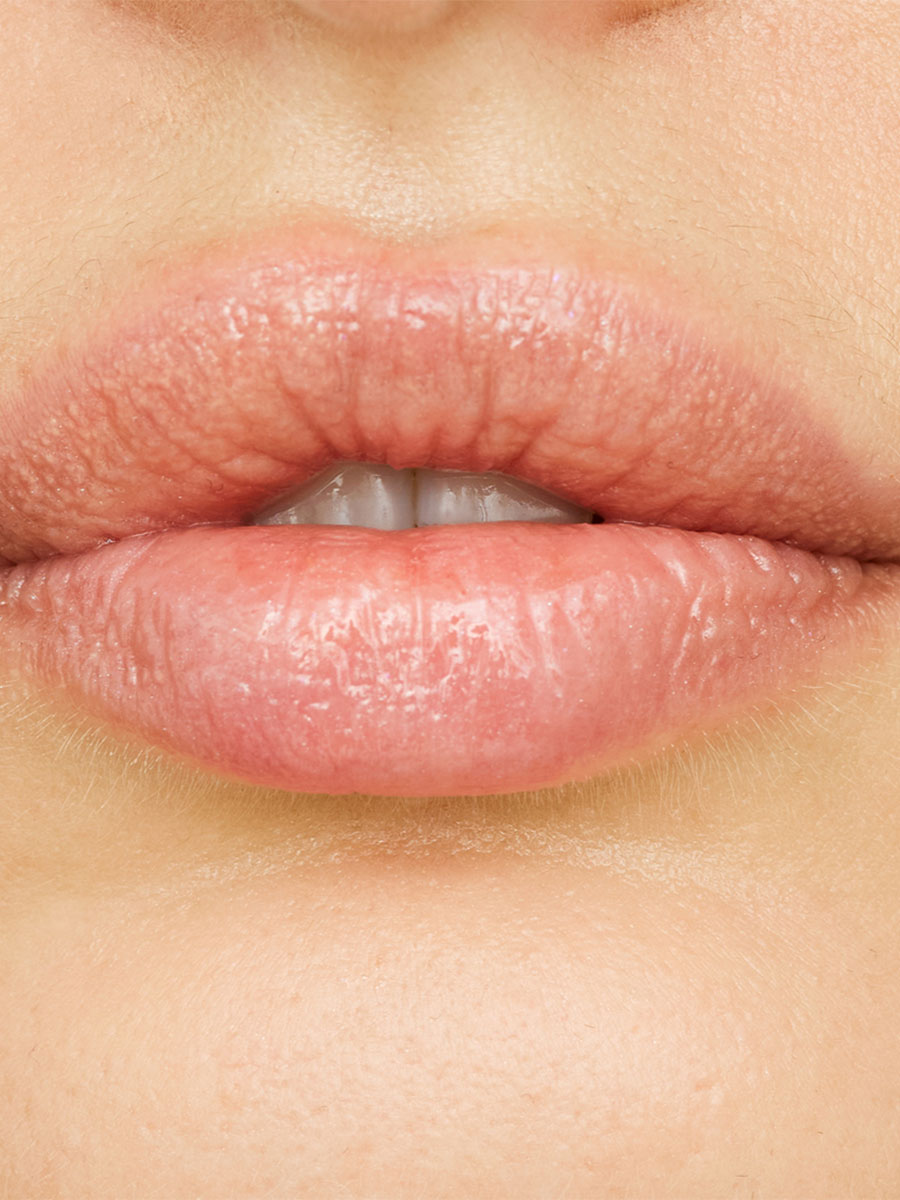
According to the American Society of Plastic Surgeons, more than 2.6 million people receive injectable filler in the United States each year. That's a lot of people and a lot of filler. While the term itself is thrown around quite often, many people might not realize it's an umbrella term. Take it from Konstantin Vasyukevich, MD, a double board–certified facial plastic surgeon in New York. He says what we call "filler" encompasses a variety of "substances injected into the skin to restore volume, smooth wrinkles, and enhance facial features."
It’s not just restoring volume and smoothing wrinkles, though. “Dermal fillers are used to treat a large variety of facial concerns,” explains Janae Kirby, an aesthetic registered nurse at The Things We Do in Venice, California. “Some include, anatomical changes in our skin, fat, muscle, and bone, that contribute to familiar signs of aging. Others use these dermal fillers to help facilitate symmetry, support specific facial structures, or treat an insecurity of theirs ( i.e., small lips, chin recession, acne scars).” So, yeah, the benefits of fillers are undeniable.
Vasyukevich says that, typically, fillers are made of substances like hyaluronic acid (HA), calcium hydroxylapatite (CaHA), poly-L-lactic acid (PLLA), and polymethylmethacrylate (PMMA). However, the exact makeup of fillers can vary greatly. "Each type of filler has unique properties and longevity,” he says. There are also unique risks associated with them. One of those risks is filler migration. Put simply, filler migration is when filler moves from its intended injection site into an adjacent area.
This topic is currently trending on TikTok. People have questions and understandably so. Why does filler migration happen? Is there anything you can do to prevent it? What can you do if it's already happened? Keep scrolling to get answers from a dermatologist, an aesthetic nurse, and a plastic surgeon.
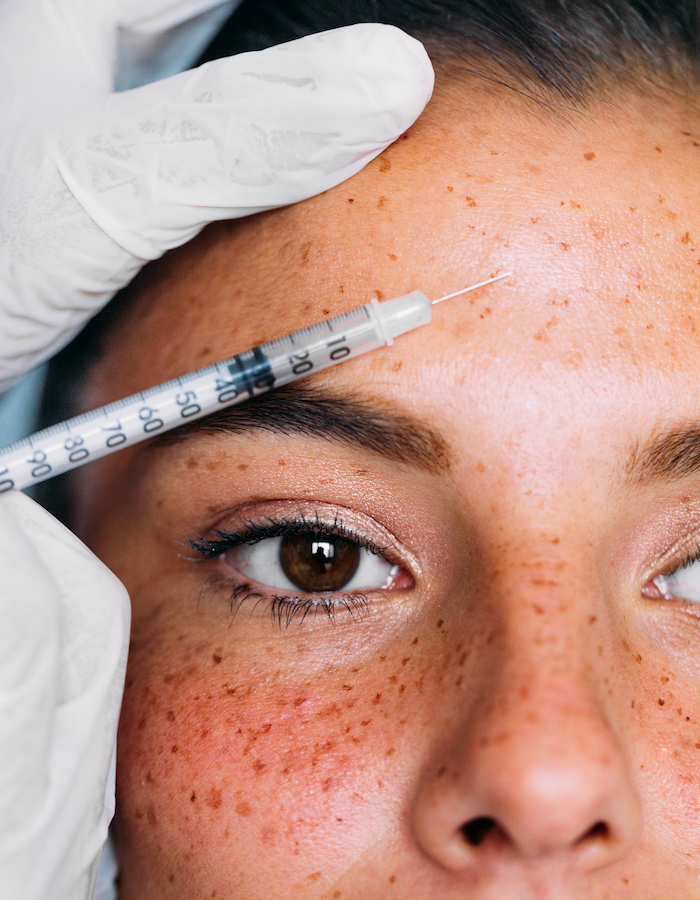
What Is Filler Migration?
First things first. Filler migration is quite rare, despite what TikTok may have led you to believe. Take it from Ava Shamban, MD, a Harvard-educated board-certified celebrity dermatologist based in Beverly Hills, best-selling beauty author, speaker, and research clinician. She is also the founder of Ava MD, and most recently Althaea Skin. “What people think of as filler migration can really be filler misplacement or overfilling,” she says. “Most often it is not really an issue of migration.
Since fillers are made of highly viscous materials (think of gel vs. liquid), Shamban says it’s difficult for them to move through the structures of the skin. “Fillers are placed in areas that can be surrounded by structures including nerves, vessels, ligaments, etc. It is a very congested highway, not a wide-open freeway, so it would take time and effort for any product to just ‘move’ or migrate when properly placed.”
That said, Shamban says filler migration can and does happen. It’s just “more rare than you would think in terms of the percentage of patients, considering the number of faces with fillers.” So, why does it happen? The experts can explain.
What Causes Filler Migration?
“Typically, it is most common and most noticeable in the thinner tissues of our face and in areas of high mobility (like around the eyes and lips),” Kirby says. She points out a few key culprits that can lead to filler migration. These include over-filling an area with filler, poor filler choice and assessment, poor technique, and too-frequent injections. If anything, this underscores the importance of going to an experienced, certified injector such as a dermatologist, plastic surgeon, or aesthetic nurse.
Shamban says, that although it’s rare, it can cause the area of migration to appear unnatural, lumpy, raised, or asymmetrical. “In the case of under eyes, it can often appear with a raised bluish tint when it is improperly injected too superficially.” This is called the Tyndall Effect. Again, the issue can be caused by the injector’s technique (or lack thereof), amount of filler placed, location, and depth. “Technique and artistry matter most when getting this treatment,” Shamban warns. “Highly trained and experienced master injectors are masters for a reason!”
How Do You Know If Your Filler Has Migrated?
Here’s the tricky part about filler migration. All three experts say it can happen at any time. Even months or years after injection. “There isn’t a specific timeframe as it varies from person to person and depends on factors such as filler type, injection technique, and individual anatomy,” Vasyukevich says. “For example, hyaluronic acid fillers can move only within a short period of time after injection when the pressure is applied to the area. Experienced injectors often take advantage of this effect and apply mild pressure to ‘mold’ the filler to a desired contour. After a few days, the filler will integrate into the surrounding tissue and is unable to move (at least in any significant quantity)."
Kirby agrees. “It can happen immediately after injection or slowly over time. A lot depends on the cause of migration too. You should be assessed routinely by your trusted provider at each appointment and before consecutive treatments in the same area.” She notes that swelling can occur in the injection site, which is why she recommends waiting 2–4 weeks before going in for a follow-up assessment.
Filler migration also presents differently in different areas of the face. Kirby says it can look, lumpy, obviously full, and/or create a white-gray tint to the skin, lack of definition, and swelling. Visual clues aside, Shamban says another telltale sign is a feeling of lumpiness in the skin. “It can be one, the other, or both,” she says.
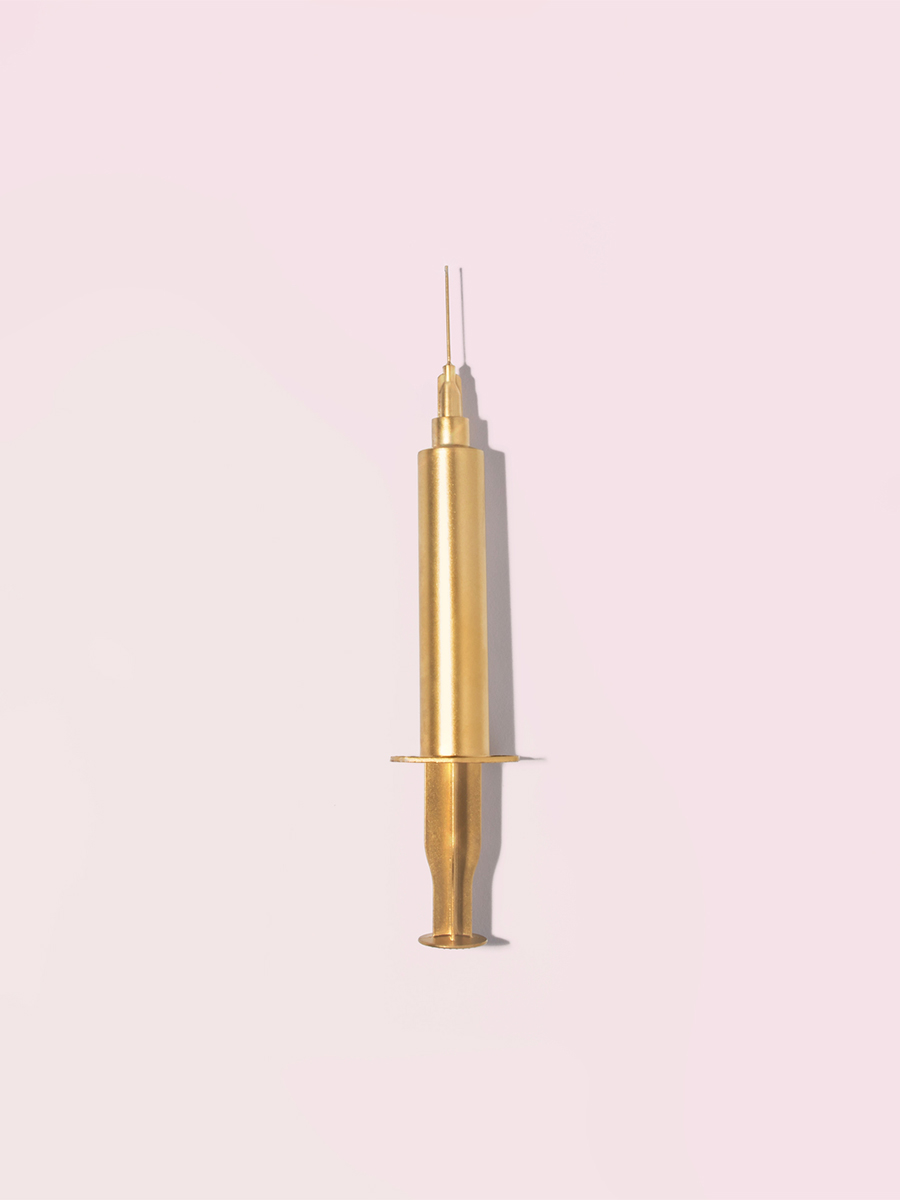
Does Filler Migration Ever Go Away?
In general, Shamban says that, yes, filler migration will resolve on its own, “but it would take considerable time as these products are designed to retain their shape and form in our tissue for 6–18 months on average.” If you wait long enough, however, the body will break down and reabsorb the filler.
Luckily, you don’t have to wait around if you don’t want to. “If you or your provider notice obvious filler migration, I always recommend treating it,” Kirby says. “Luckily, we have Hyaluronidase, an enzyme that breaks down hyaluronic acid and essentially dissolves the targeted dermal filler. The amount used to treat migration depends on the form and concentration of the filler previously injected. … Filler is gradually metabolized by our body but incremental amounts can last for a long time. If you are unhappy with your filler, correct it. I don't recommend hoping it fully resolves over time.”
Vasyukevich agrees. “ Depending on the severity, you may need to see a qualified provider to address it,” he says. Along with Hyaluronidase, “other types of fillers may require surgical intervention or specialized treatments.” Again, contact your provider if you think you’re dealing with filler migration. An individualized treatment is likely necessary.
Which Filler Is Most Likely to Migrate?
“I don't think that there is a particular filler that is most likely to migrate,” Kirby says. “ I do, however, see migration with some of the older generation fillers. I don't necessarily believe that the product, itself, is the problem, but rather a one-size-fits-all method. Our industry has way more fillers widely available now than ever before. Assessment is so key when choosing the right product that can best support each patient’s needs. For example, the filler I would choose to inject in a patient with thinner tissue, smaller lips is very different than what I would inject in a patient with naturally fuller, thicker lip tissue.”
Vasyukevich notes that permanent fillers may be more likely to migrate. “Permanent fillers like polymethylmethacrylate (PMMA), are designed to last much longer but are also more likely to migrate due to their solid nature,” he says. “As they don’t break down naturally, they can move over time with facial movements. However, all fillers have the potential to migrate if not properly injected or if there are underlying factors contributing to movement.”
Shamban agrees, saying filler migration is a possibility, however, it’s not as much of one as TikTok would lead us to believe. “While there is a lot of ‘Tik-Talk’ or social ‘show and tell,’ there really is a very small degree of significant displacement when done properly.”
Is There Any Way to Reduce the Risk of Filler Migration?
Again, filler migration is technically always a possibility, albeit a small one. Still, there are things you can do to minimize the chances that it happens to you. Shamban has four pieces of advice:
Choose your provider wisely: "The best safeguard and prevention is buyer beware. Don't use your Groupon coupon for your filler—definitely not the time for that!"
Avoid high heat: "Take a break from strenuous exercise or partaking in a hot dry sauna or steam for at least several days after filler.”
Use a light touch: “Don't apply pressure to the tissue or area. Sleeping on your back is ideal, if possible.”
Avoid undergoing other treatments: “Don't book advanced treatments including radio frequency, Ultherapy/Softwave microneedling, Emface, High Electromagnetic Muscle Stimulation, or any type of facial massage to the area where filler was injected for several weeks as it is being integrated into the tissue.”
Kirby adds one more thing: “The best thing you can do to prevent filler migration is to choose a quality provider—one who is experienced in dermal fillers, values education, prioritizes what is best for you, and of course, identifies with your personal aesthetic. Trust your provider’s recommendation and get a full consultation. Don't do anything because you’re simply influenced by others. Each person has a unique set of features and treatment plans need to be customized thoughtfully to suit everyone’s set of needs. My personal philosophy is to start slow and build over time.”
10 Skincare Products that Can Help Smooth and Plump the Skin
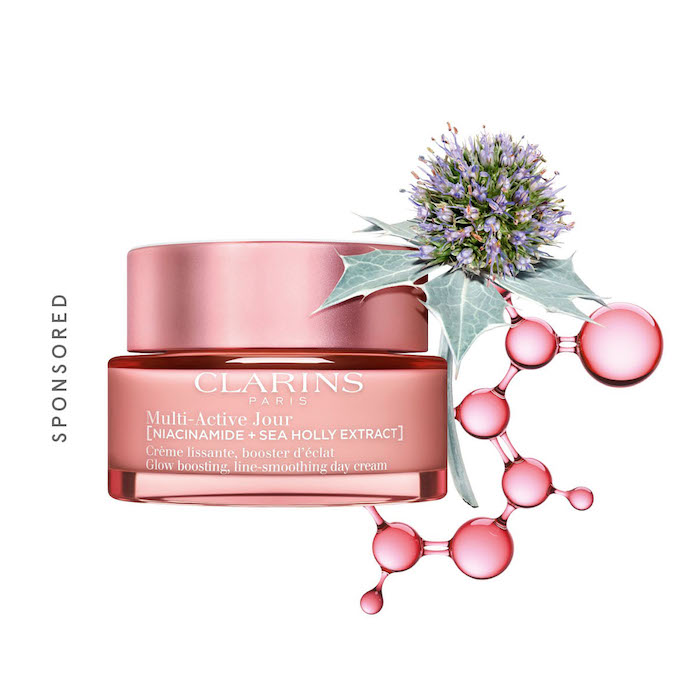
This product isn't your basic daily moisturizer. With a potent combination of niacinamide and sea holly extract, it smoothes lines, refines texture, supports the moisture barrier, visibly tightens pores, and makes the skin glow. It's designed to tackle the first visible signs of aging & damaging effects of stress from lack of sleep, fatigue, and a fast-paced lifestyle. Did you just get back from a luxury facial or are you just using this under-$60 moisturizer each morning? No one will be able to tell."
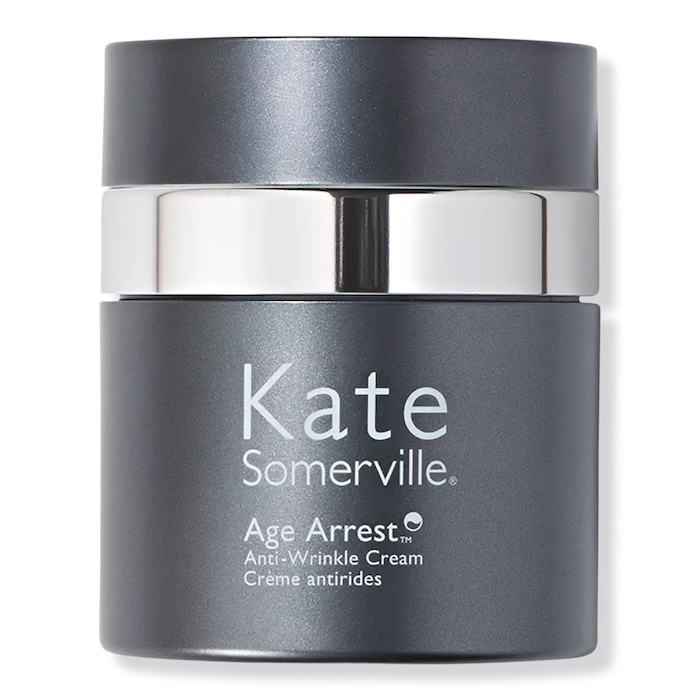
With skin-firming peptides, bio-fermented kelp extract, and a proprietary combination of sea whip extract and algae plasma, this anti-wrinkle cream smooths and plumps the skin shockingly fast.
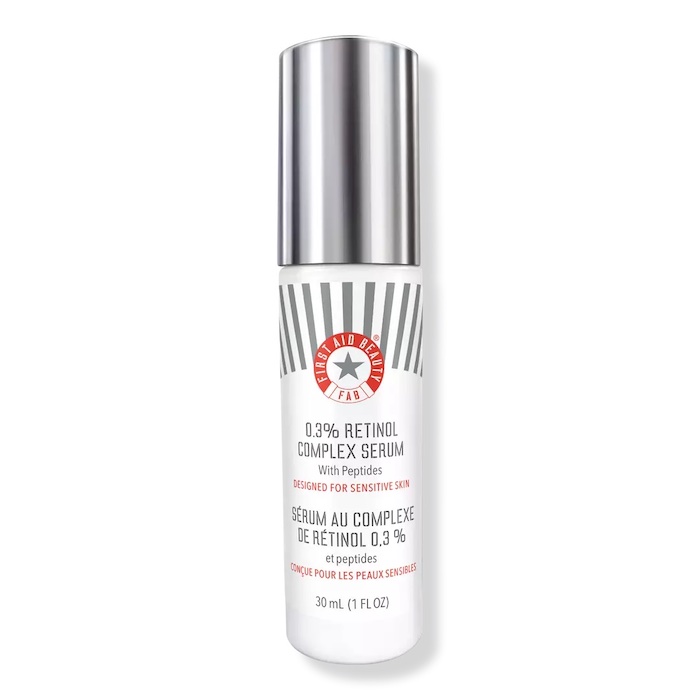
Retinol is the skin-transforming star ingredient in this serum. It also contains peptides to encourage even smoother and firmer skin.

Bring the benefits of retinol to your under-eye area with this lightweight balm.

Another line and wrinkle-reducing eye cream I love.
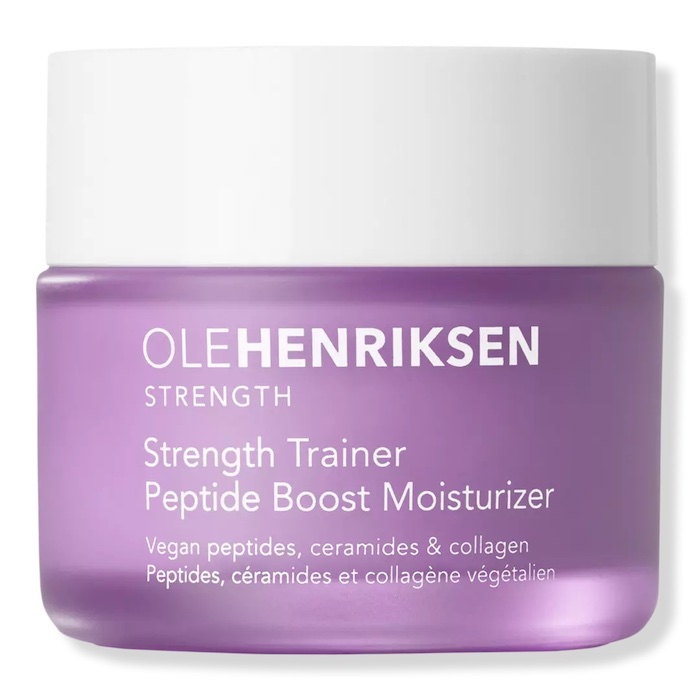
With peptides, amino acids, ceramides, and collagen, this cream boosts hydration, increases skin elasticity, and improves the appearance of fine lines and wrinkles.
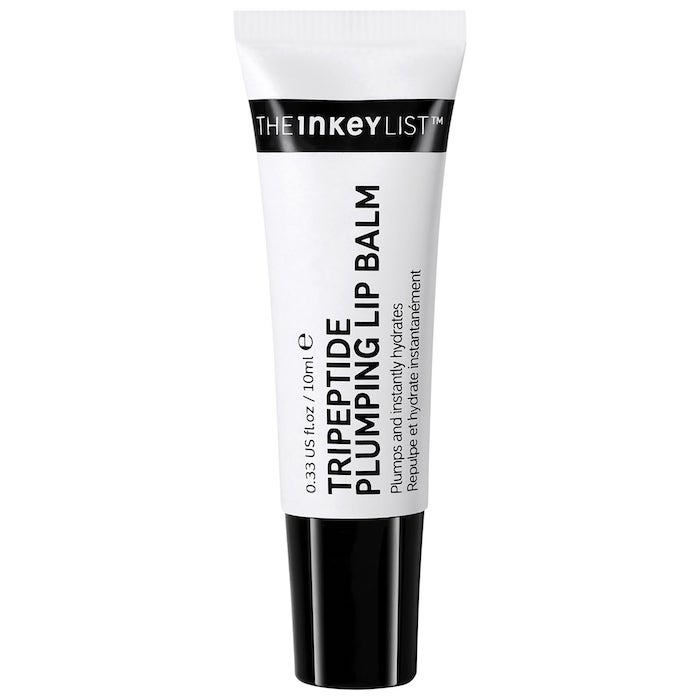
Hyaluronic acid and peptides visibly plump the lips—no filler neccessary.
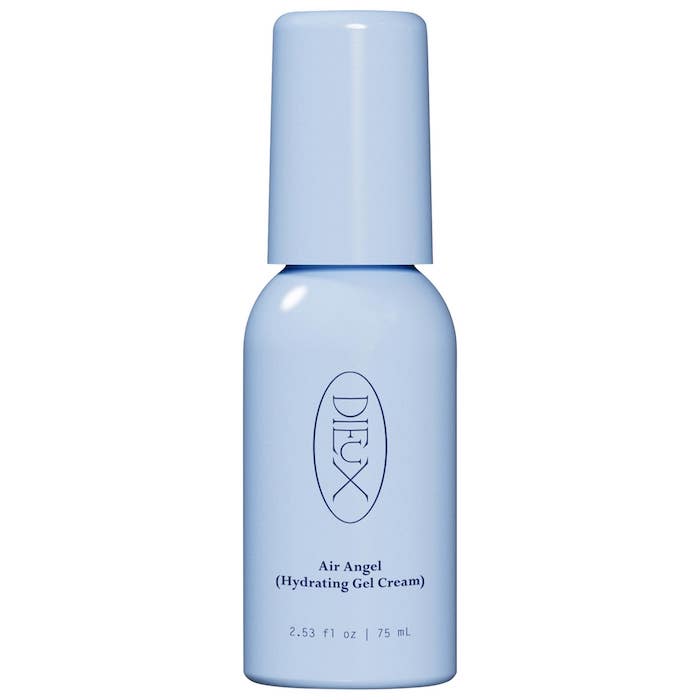
This jelly-like moisturizer plumps fine lines, hydrates, and supports the skin barrier.
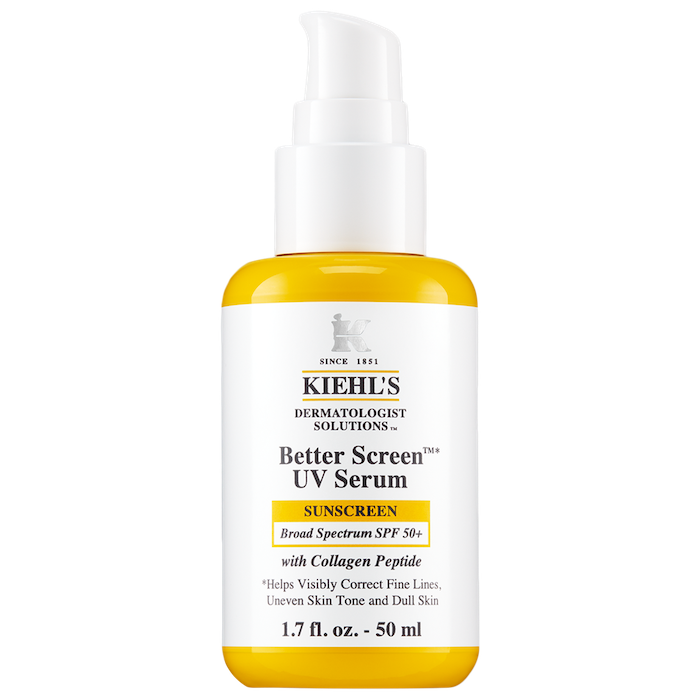
Sunscreen is your skin's best defense against signs of premature aging. This one combines SPF 50 with collagen peptides to smooth and plump the skin.
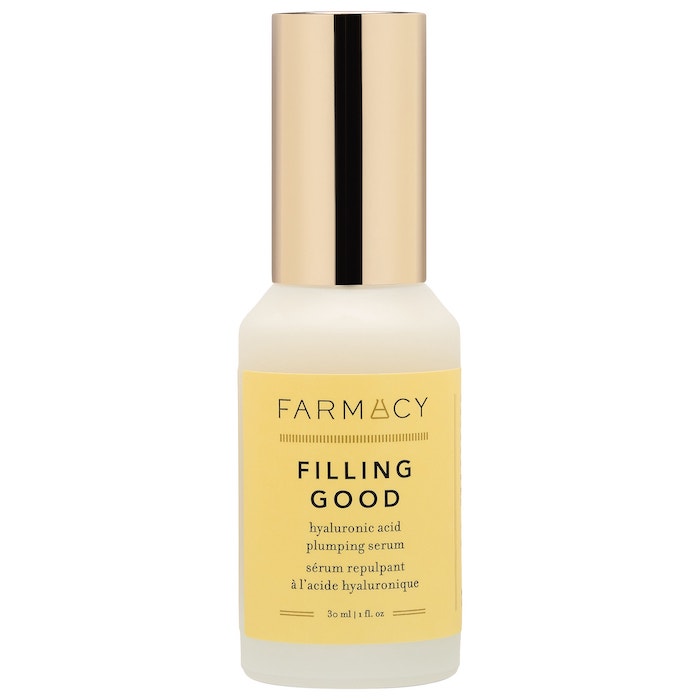
This skin-plumping serum hydrates and smooths the look of wrinkles with hyaluronic acid and vegan collagen peptides.

Kaitlyn McLintock is a Beauty Editor at Who What Wear. She has 10 years of experience in the editorial industry, having previously written for other industry-leading publications, like Byrdie, InStyle, The Zoe Report, Bustle, and others. She covers all things beauty and wellness-related, but she has a special passion for creating skincare content (whether that's writing about an innovative in-office treatment, researching the benefits of a certain ingredient, or testing the latest and greatest at-home skin device). Having lived in Los Angeles, California, and Austin, Texas, she has since relocated back to her home state, Michigan. When she's not writing, researching, or testing beauty products, she's working through an ever-growing book collection or swimming in the Great Lakes.
-
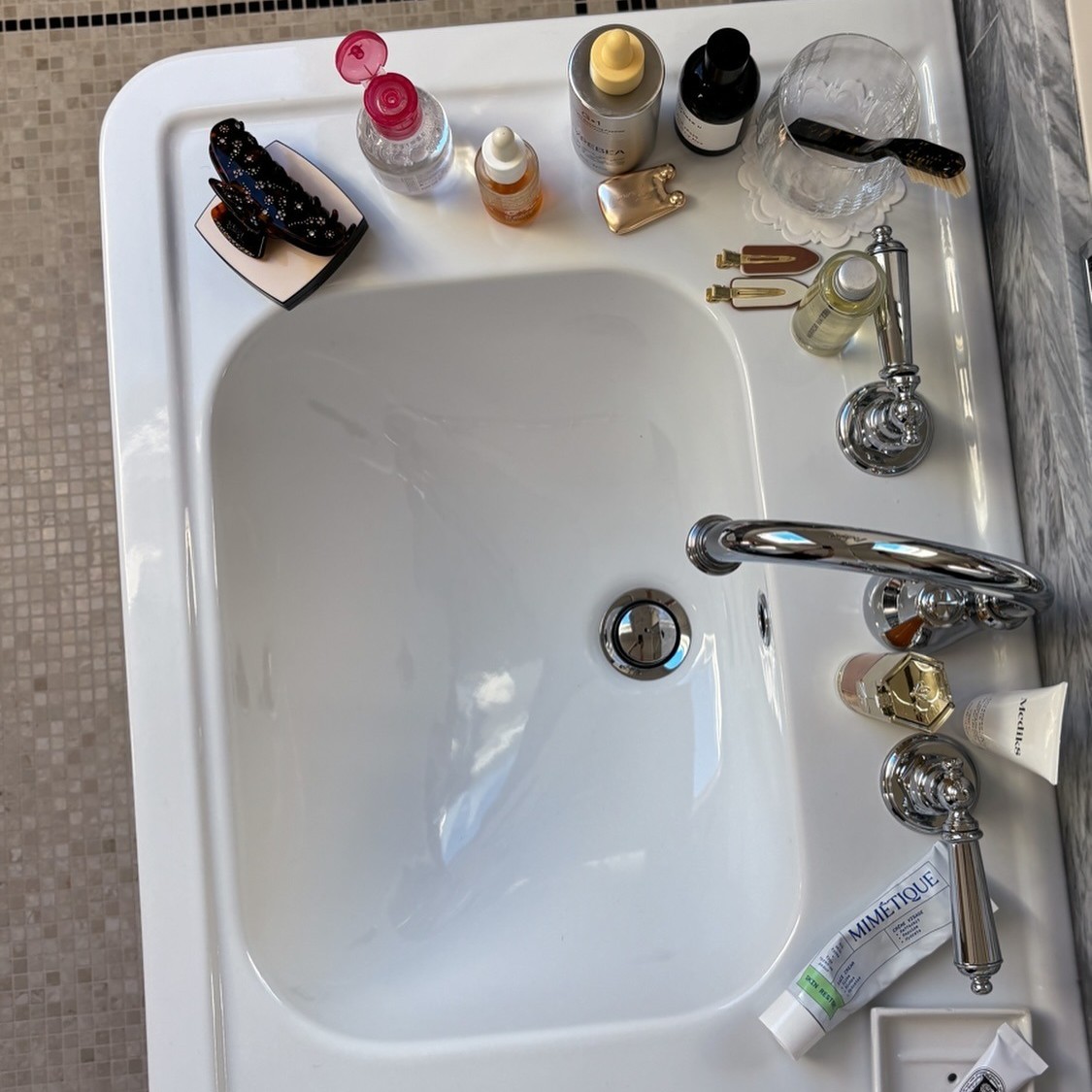 Derms and Beauty Editors (Hi, It's Me) Swear By This Straight-From-Nature Skin Hero That's DIY Mask–Approved
Derms and Beauty Editors (Hi, It's Me) Swear By This Straight-From-Nature Skin Hero That's DIY Mask–ApprovedThis is your sign to start slathering it on.
By Jamie Schneider
-
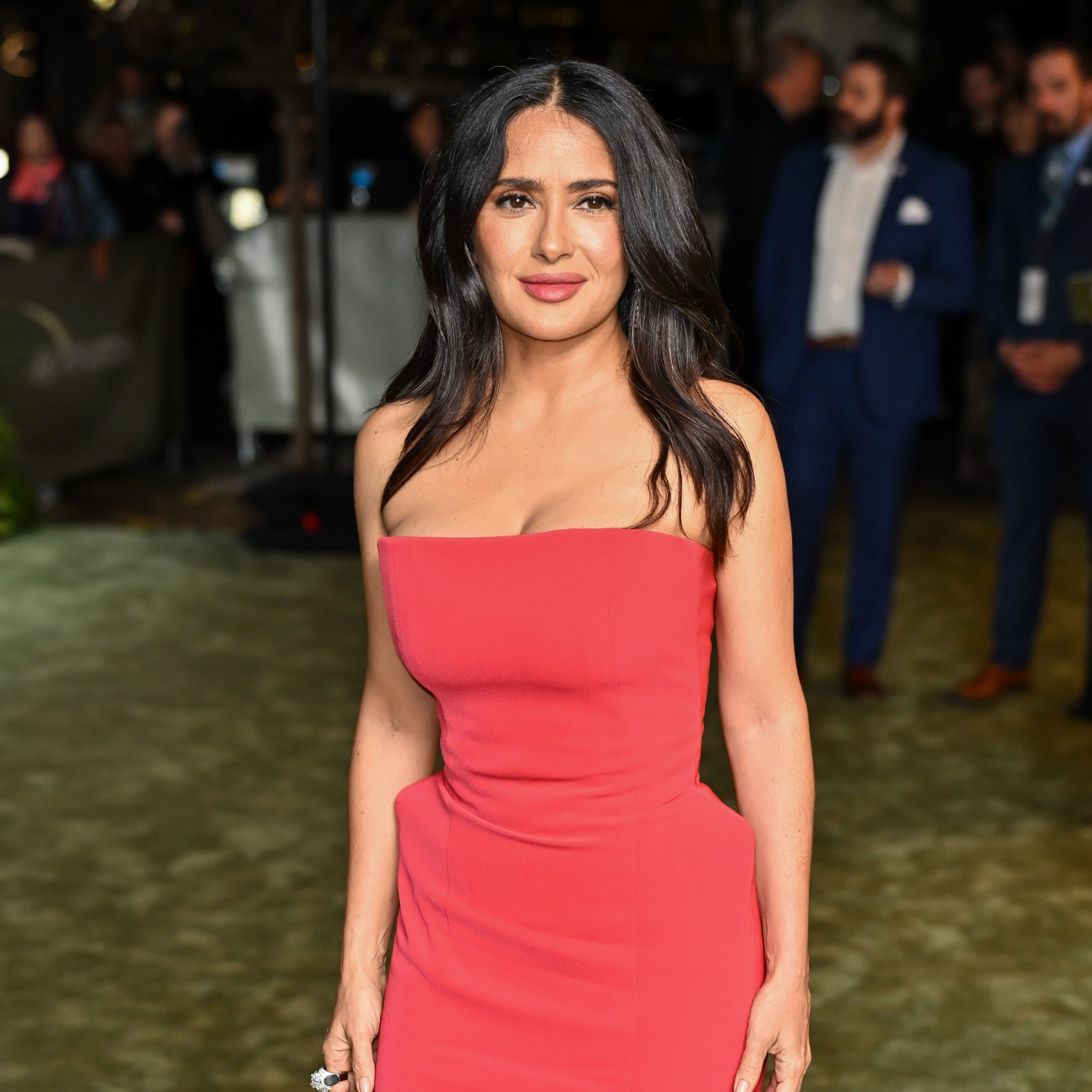 Salma Hayek Pinault's Key to Youthful Skin? Moisturizer Sandwiches and This "Turkey Neck" Treatment
Salma Hayek Pinault's Key to Youthful Skin? Moisturizer Sandwiches and This "Turkey Neck" TreatmentNo retinol, no peels, and absolutely no injectables.
By Jamie Schneider
-
 My Sister and I Have Opposite Skin Types, But These Products *Magically* Work for Both of Us
My Sister and I Have Opposite Skin Types, But These Products *Magically* Work for Both of UsThese are our "unicorn" products.
By Kaitlyn McLintock
-
 I Polled Our Editor Slack Channel—10 French Beauty Products We’d Buy From Ulta’s Spring Sale
I Polled Our Editor Slack Channel—10 French Beauty Products We’d Buy From Ulta’s Spring SaleBy Alyssa Brascia
-
 Model Pritika Swarup Has an Angel's Complexion, so I Asked for All Her Skin and Makeup Secrets
Model Pritika Swarup Has an Angel's Complexion, so I Asked for All Her Skin and Makeup SecretsHer must-haves for "runway-level radiance."
By Jamie Schneider
-
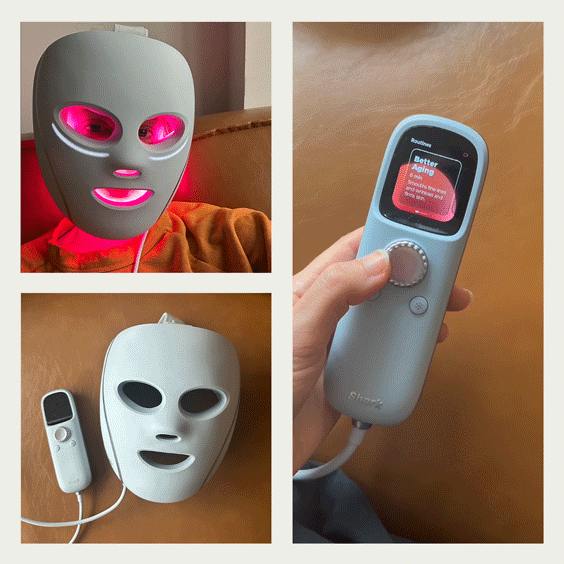 I've Tested $2850 Worth of LED Masks—Shark's New Model Is the One I'm Recommending to Friends
I've Tested $2850 Worth of LED Masks—Shark's New Model Is the One I'm Recommending to FriendsMy full review after wearing it for 67 days.
By Jamie Schneider
-
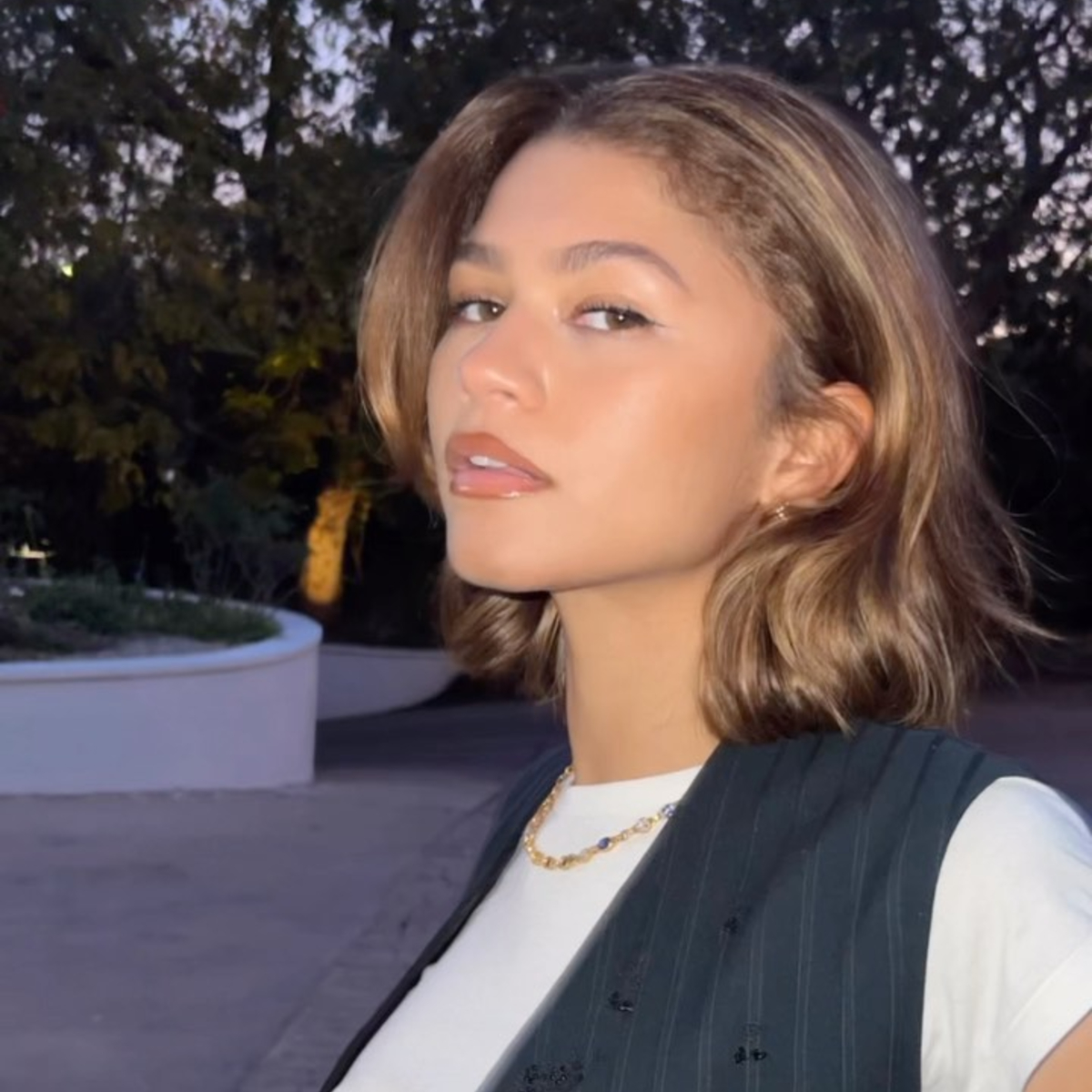 5 Underrated Pillars of Youthful and Glowing Skin, According to Zendaya's Facialist
5 Underrated Pillars of Youthful and Glowing Skin, According to Zendaya's FacialistI'm taking so many notes.
By Shawna Hudson
-
 Aestheticians on Instagram Can't Stop Raving About This Acne-Clearing Serum, so I Tried It
Aestheticians on Instagram Can't Stop Raving About This Acne-Clearing Serum, so I Tried ItIt's perfect for sensitive skin.
By Shawna Hudson

